We have explored a lot of commonly asked tool questions lately in informational articles. We’ve looked at What Your Tools Are Made Of where we explored commonly used tool materials and explained their benefits. We have also explored The Difference between Brushed and Brushless Motors in power tools and how they work. With tool companies offering so many options, some may ask what is the difference between two tools that at first glance, seem to perform similar functions. A perfect example of one such question, is what is really the difference between a Drill Driver and an Impact Driver? Well, today we are going to look into that common question. Let’s explore this in The Difference Between a Drill and Impact Driver.
The Difference Between a Drill and Impact Driver – Overview
In the vast world of power tools, it can often get confusing why there are so many options. I mean, let’s be honest, how many different tools does one need to accomplish essentially the same task? The answer is, it depends! For many first time buyers or even those who have their own shop, questions like these arise often. One of the more burning questions I’ve seen when others glance at my own collection is also the most common. Usually, it goes something like… ”why does one need an impact driver when you have a drill/driver?” This question is really easily answered most of the time, but usually, it is accompanied by a follow-up question! “Does everyone need an impact driver?”.
Luckily, we’re here to help answer these questions – with some help of course! Thank you to our friends at Ridgid, who provided the 18v GEN5X Cordless Combo-Kit to explore this question.
The Difference Between a Drill and Impact Driver – First Glance
Before we examine the specific key differences, let’s address the first question. Why have both? Well, unlike the traditional drill/driver, the impact driver has a more specific job duty. Simply put, the impact driver is a dedicated driving machine. Standard bolts, lag bolts, deck screws, drywall screws, you name it. Most importantly, the impact driver will typically have double, or triple the torque of a normal drill driver. This is paired with a cadence of concussive blows to assist in driving the fastener into hard, dense wood. With this, the impact can also do a bit of drilling. I’ve found that the impact is especially great for spade bits, which often require more power to throw chips. Essentially, the impact can do most of what a standard drill/driver does – but much better.
As for the traditional drill/driver, its got a wider set of skills – along with driving fasteners (at a lower torque than the impact). For the typical homeowner, the drill/driver may be all you need. For example, driving standard fasteners into softwoods, as well as drilling soft to mild wood, or thin metal is really what a drill/driver is cut out for. But as mentioned, other tasks, such as polishing with soft brushes, or stripping paint with a wire wheel are other jobs this tool often gets tasked with. Now, let’s look at what really sets them apart!
The Difference Between a Drill and Impact Driver – The Chuck
This is probably the biggest difference, and most noticeable. The standard drill/driver will often have a ratcheting chuck that can accept a wide variety of bits due to its conical closure shape.
With this chuck, polishing wheels or brushes, wire wheels, and any or all drill and driver bits are accepted. Unfortunately, a downside of this chuck is the possibility of loosening of the bit when facing tough material.
On an impact driver, a quick change hex chuck is commonly used. This chuck uses a spring-loaded mechanism to release a hex bit from the internal dogs that otherwise, hold the hex bit firmly in place. No matter how much torque you’re dealing with, your bit isn’t going anywhere! With the exception of some sort of adapter, you’re pretty restricted to hex only bits for this tool, but for good reason. The impact driver is quite a powerful companion at home, and at the job site.
The Difference Between a Drill and Impact Driver – The Torque
What you may notice on a standard drill/driver is the adjustable clutch, allowing for the specification of power needed to drive a certain fastener. This is a great feature, the ability to toggle between torque settings for fasteners, as well as a drill mode, and in some cases – a hammer drill mode.
You’ll notice, that often times, standard drill/drivers may not necessarily drive fasteners nearly as far into the material as an impact – a major difference!
For the impact driver, settings are typically a lot more restrictive. You will often see only just a few settings with modern impact drivers. But keep in mind, the idea is to deliver higher torque over the standard drill/driver. This is one reason why having both will definitely come in handy.
Driving large fasteners into hard, or dense wood, such as timbers is a specialty of the impact driver.
The Difference Between a Drill and Impact Driver – The Size
Lastly, the size is another noticeable difference. Impact drivers do not have an adjustable clutch, or massive chuck sticking out, which significantly cuts down on the business end of the tool. Only gears and a motor are needed up top! This is a great convenience factor when working in tight spaces where standard drill/drivers are too long for the task.
The Difference Between a Drill and Impact Driver – Final Thoughts
Now that we’ve outlined the major differences, we can address the second question. So, does everyone need both? Well, for the basic homeowner and DIY’er, an easy answer is yes. Conveniently enough, many manufacturers nowadays have packaged both in kits, due to the demand for consumer need. What I believe is, you can certainly skate by with just a standard drill/driver, but chances are, the time will come when you need the upgrade to an impact for the added torque!
If you’re interested in purchasing this Drill and Impact Set from Ridgid, it is available at The Home Depot for $179.00. This set is a great value from Ridgid and has been reviewed right here on Tools In Action before. It is a great set that packs a powerful punch and is a great value for both homeowners and professionals.
If you have a tool question youd like us to answer, leave a comment below!

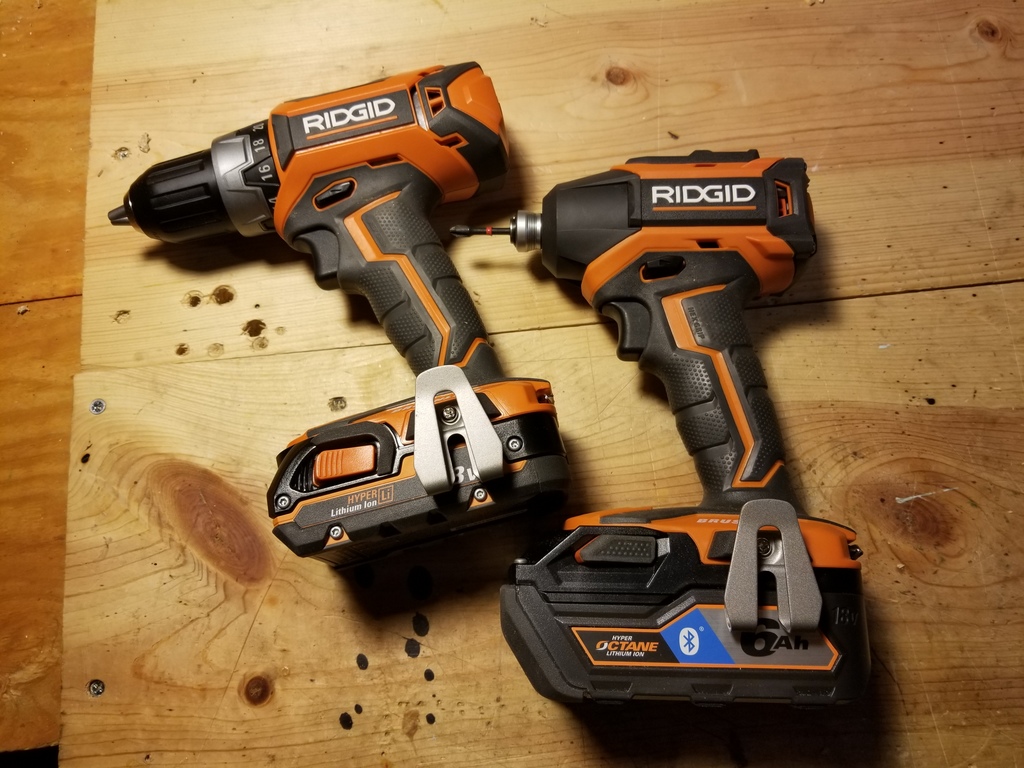
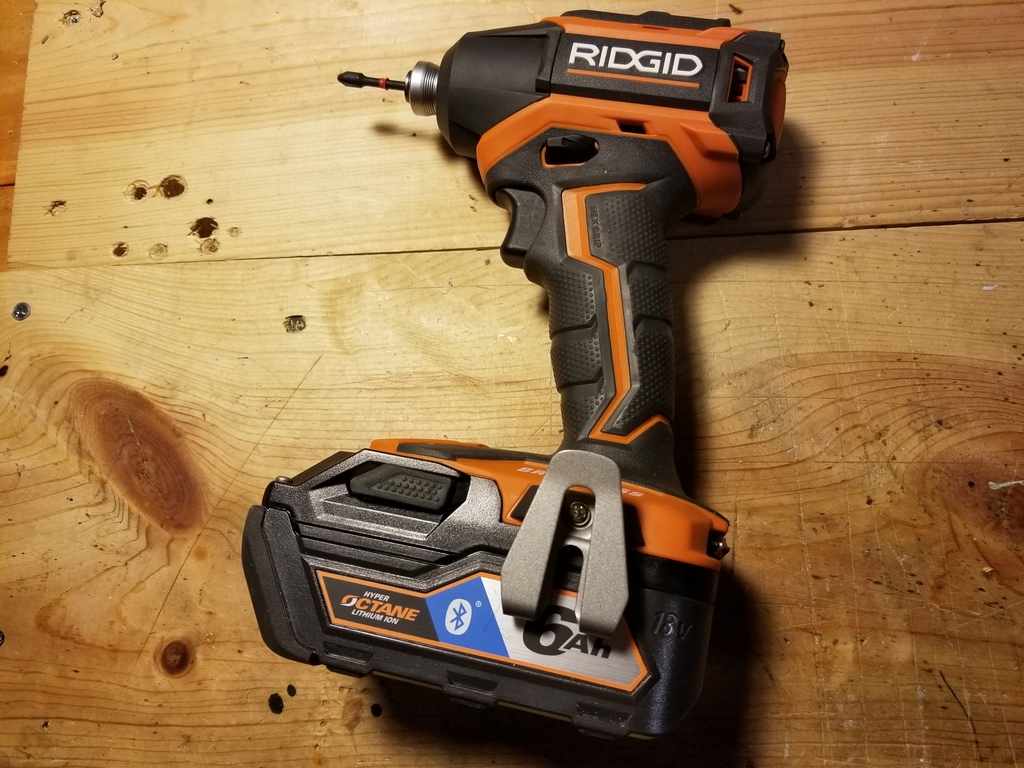
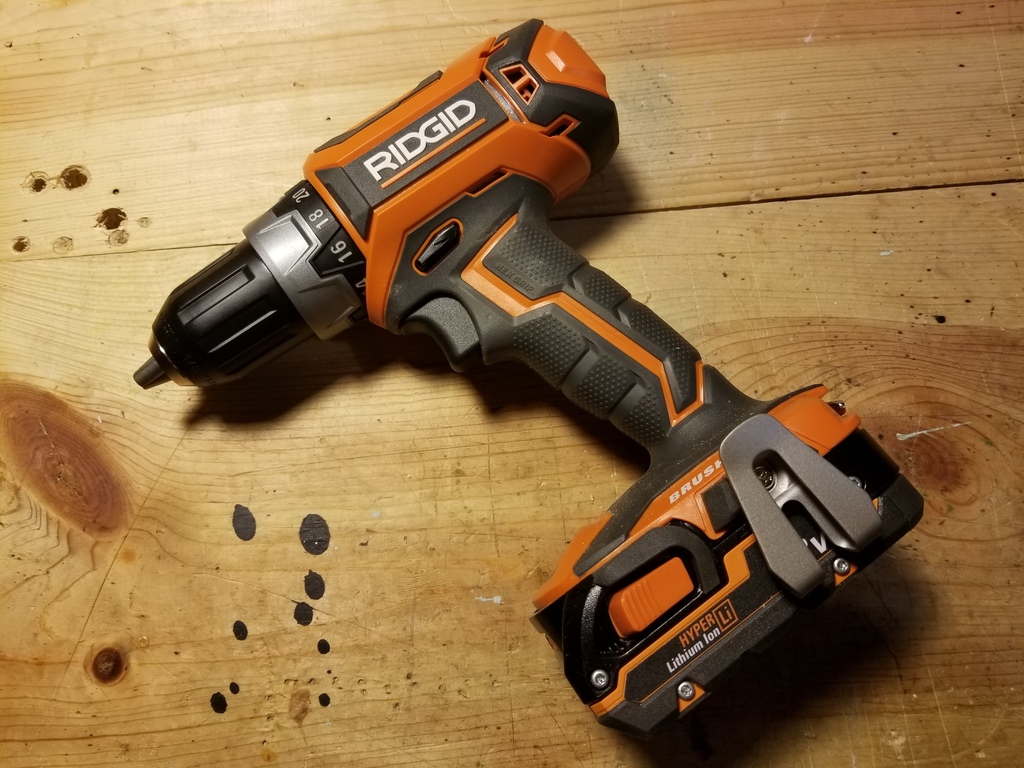
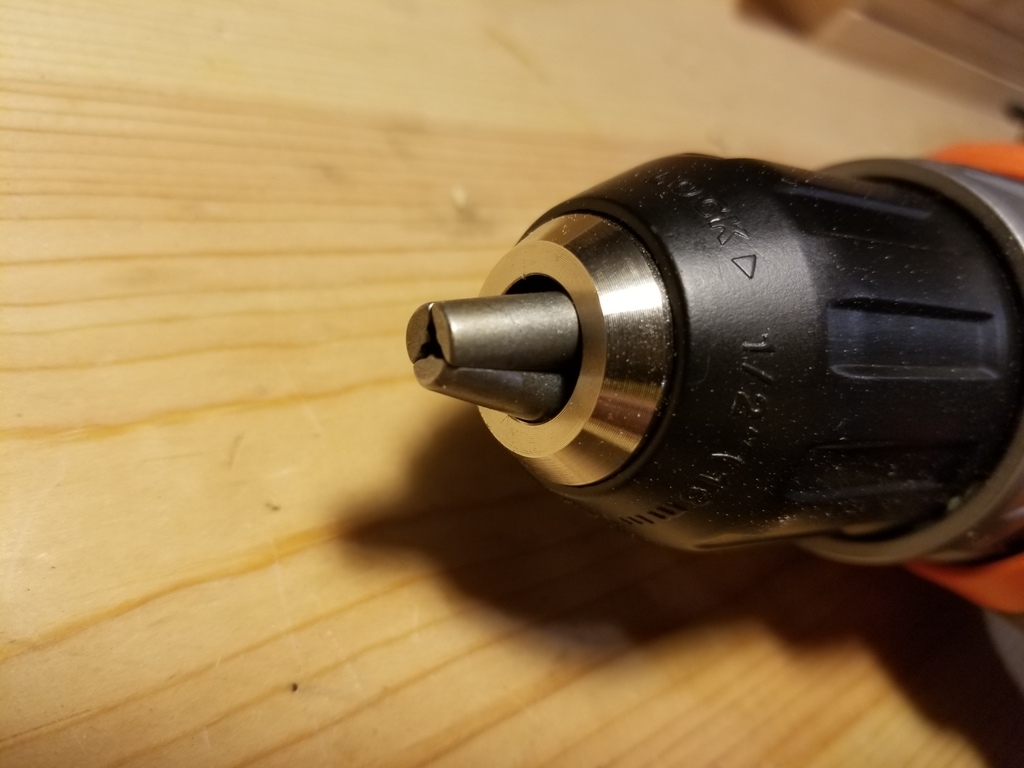
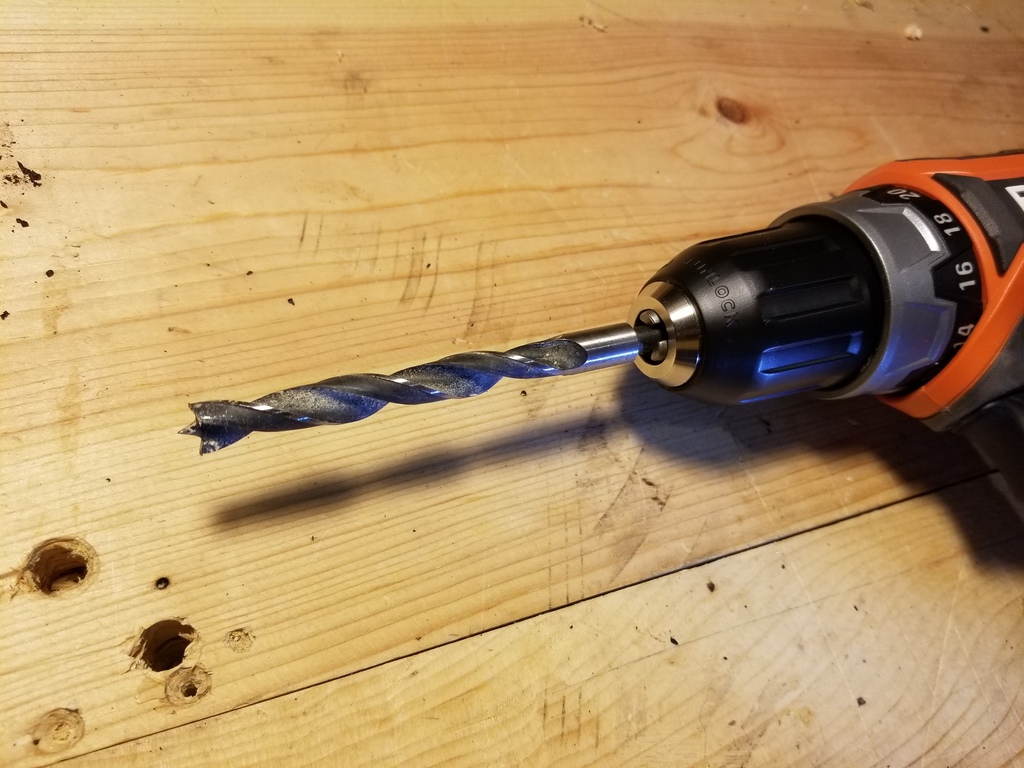
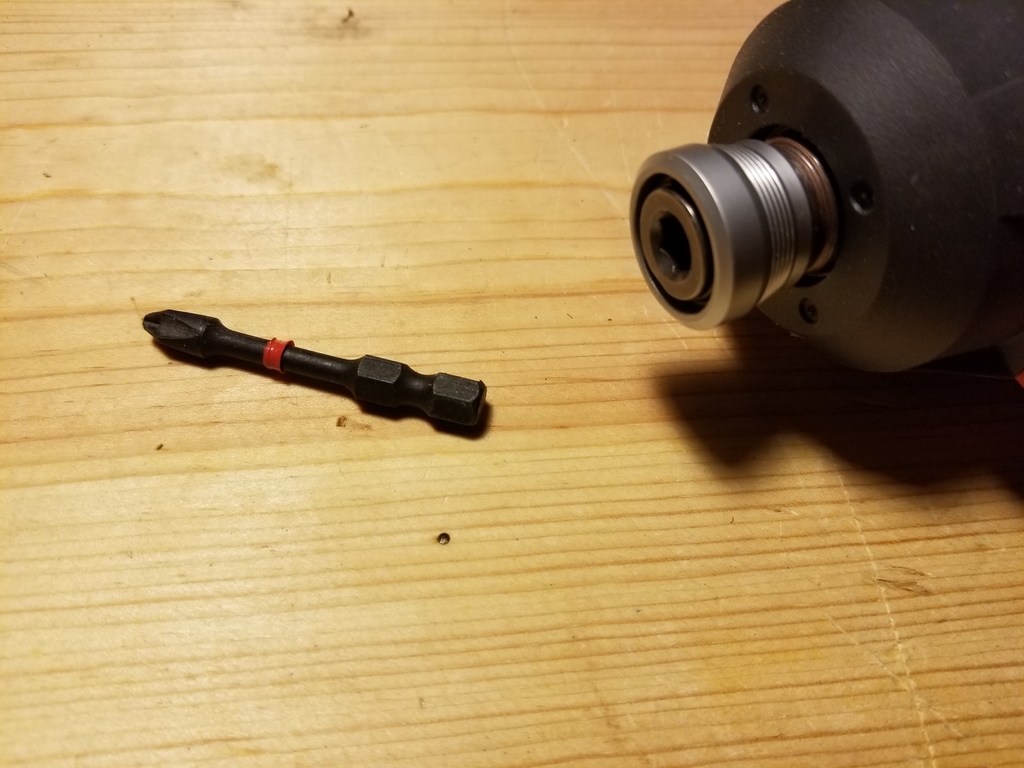
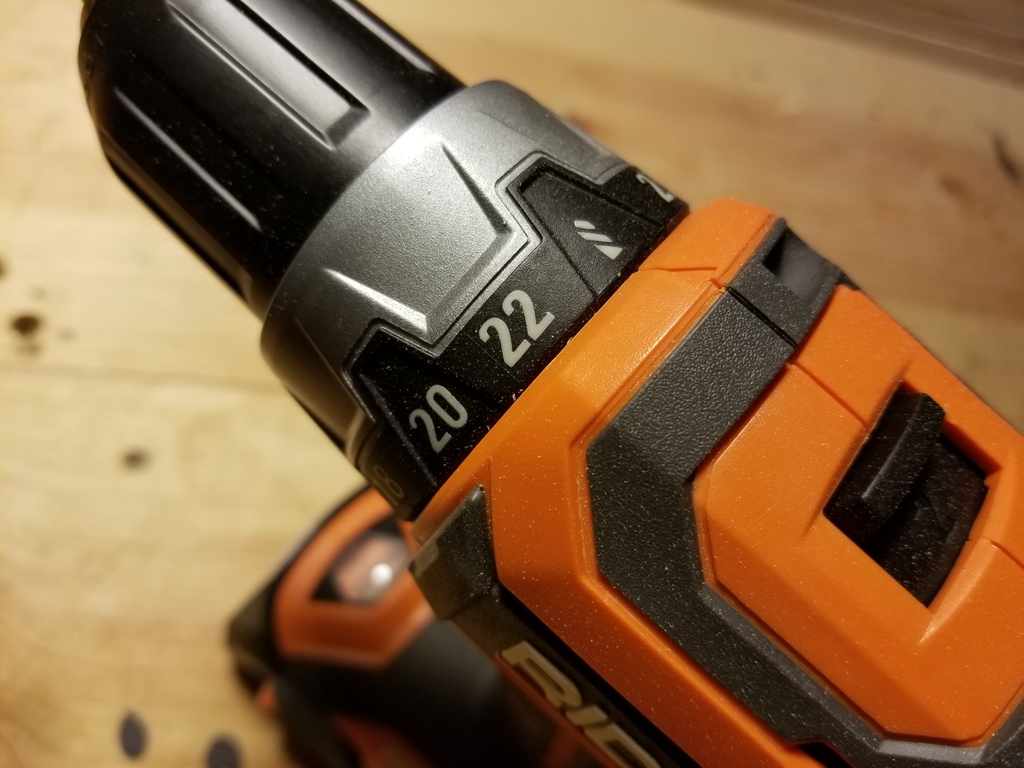
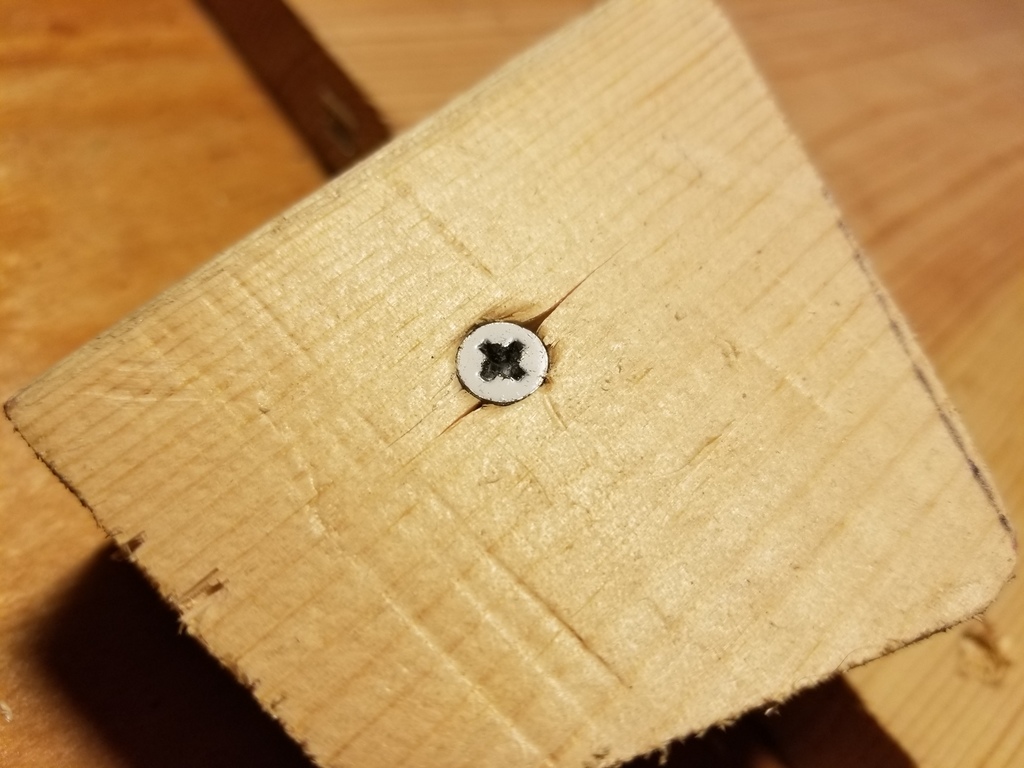
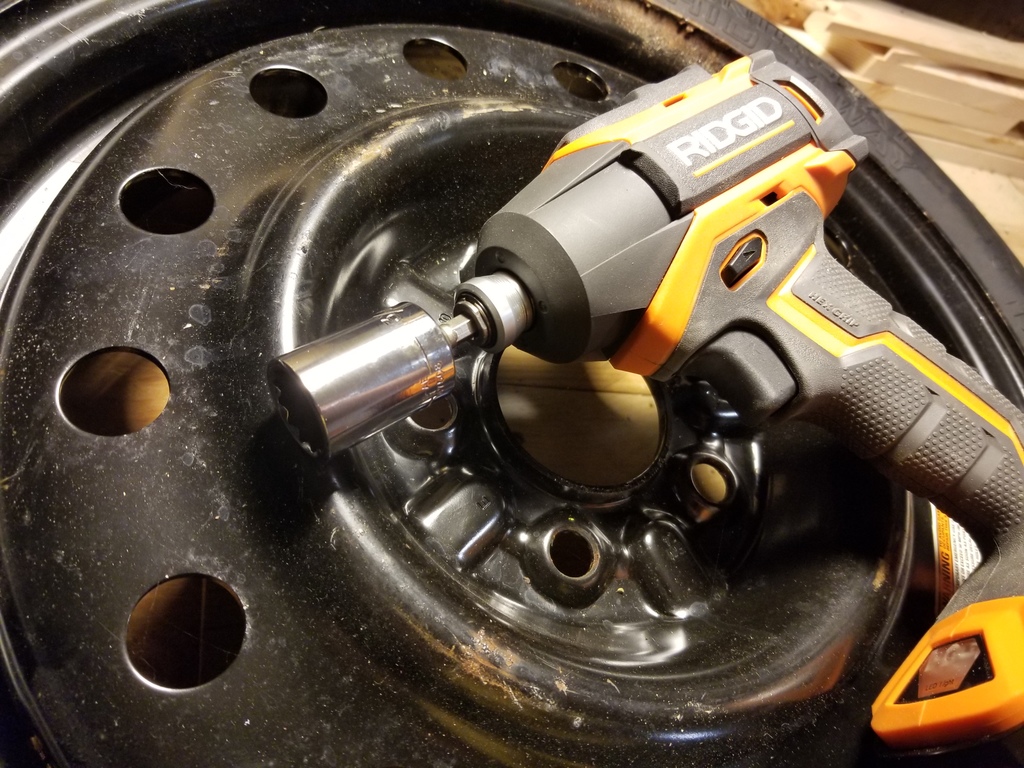
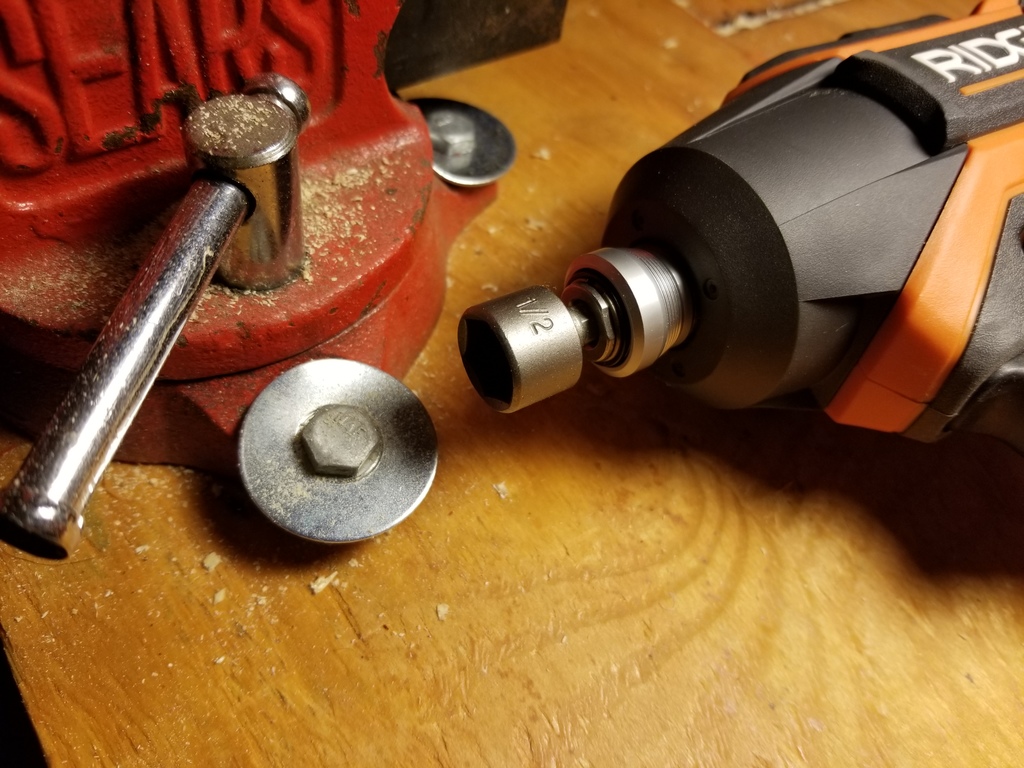
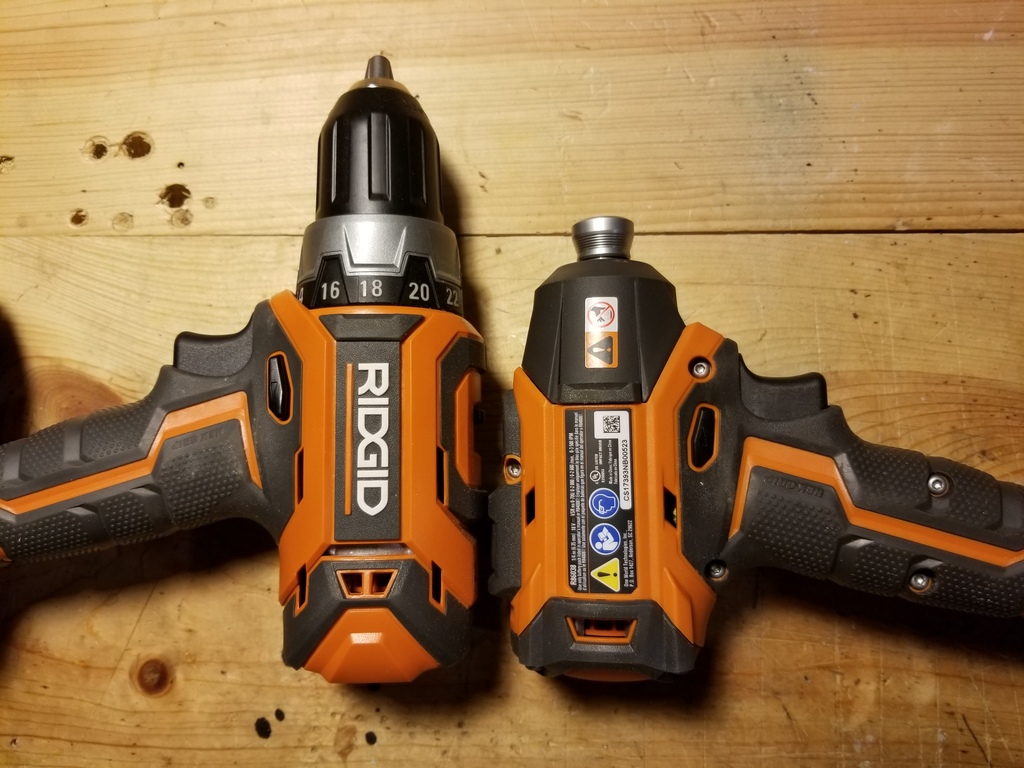
How do the noise levels of drills and impact drivers compare, and are there any noise-related factors to consider when choosing between them?